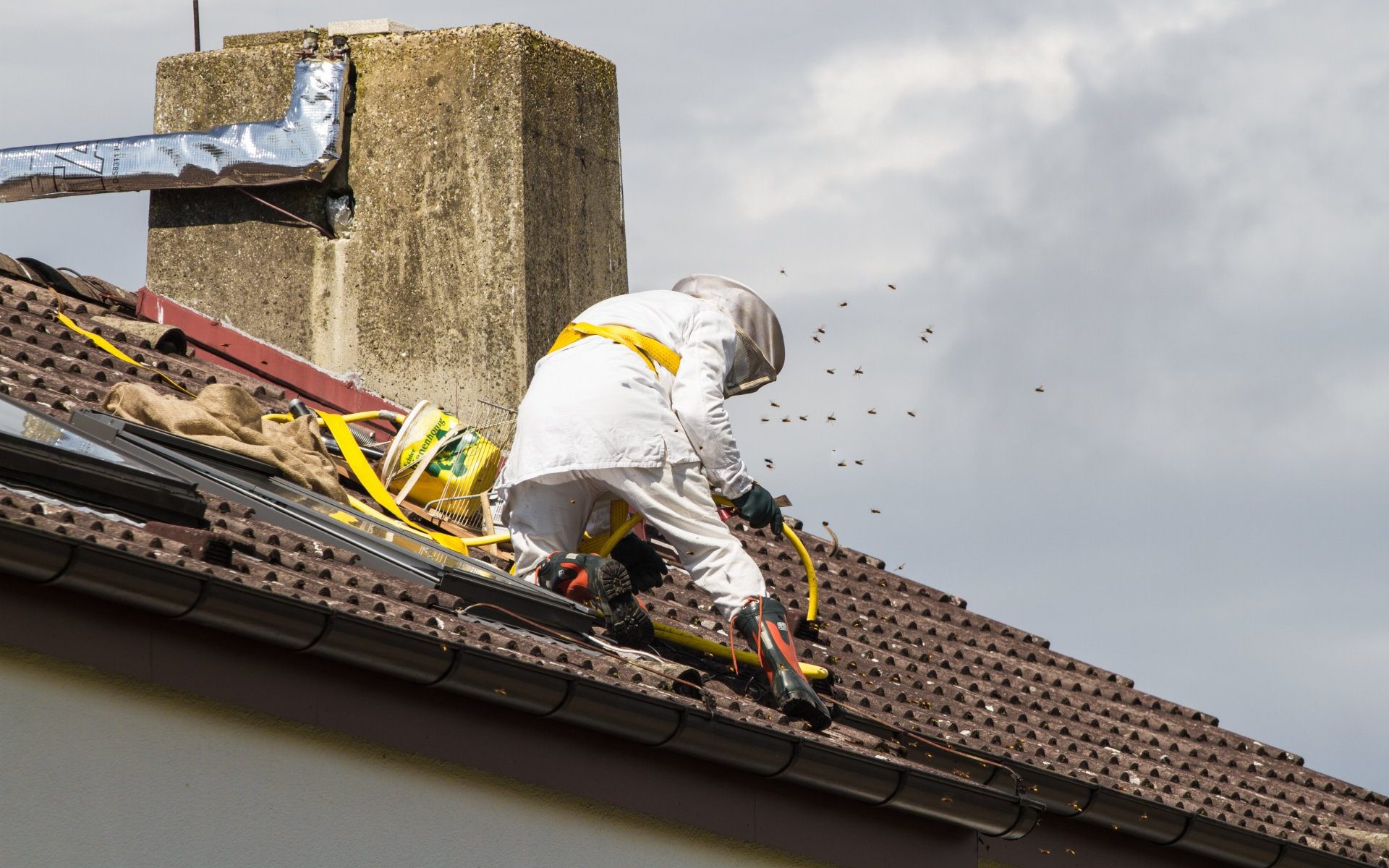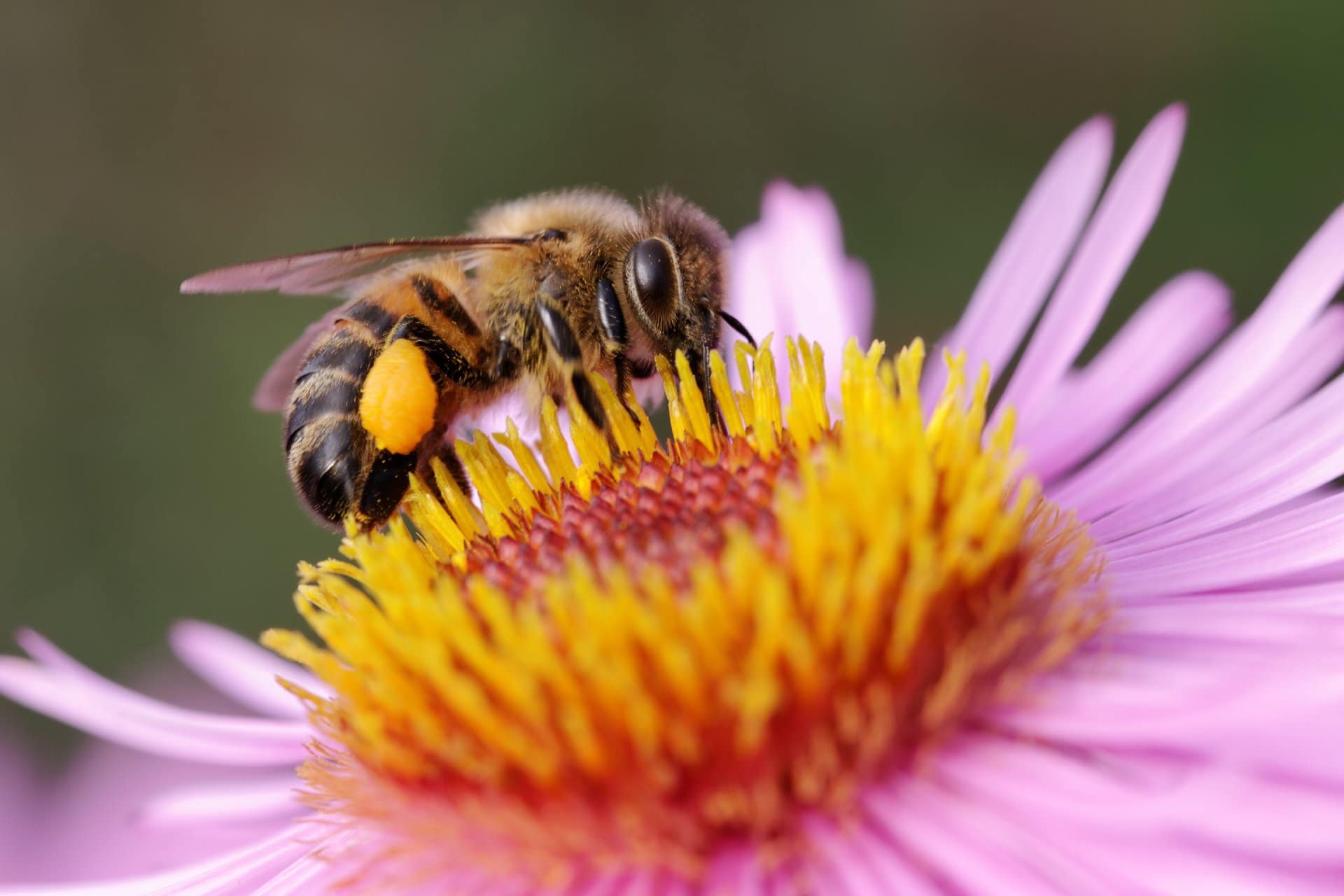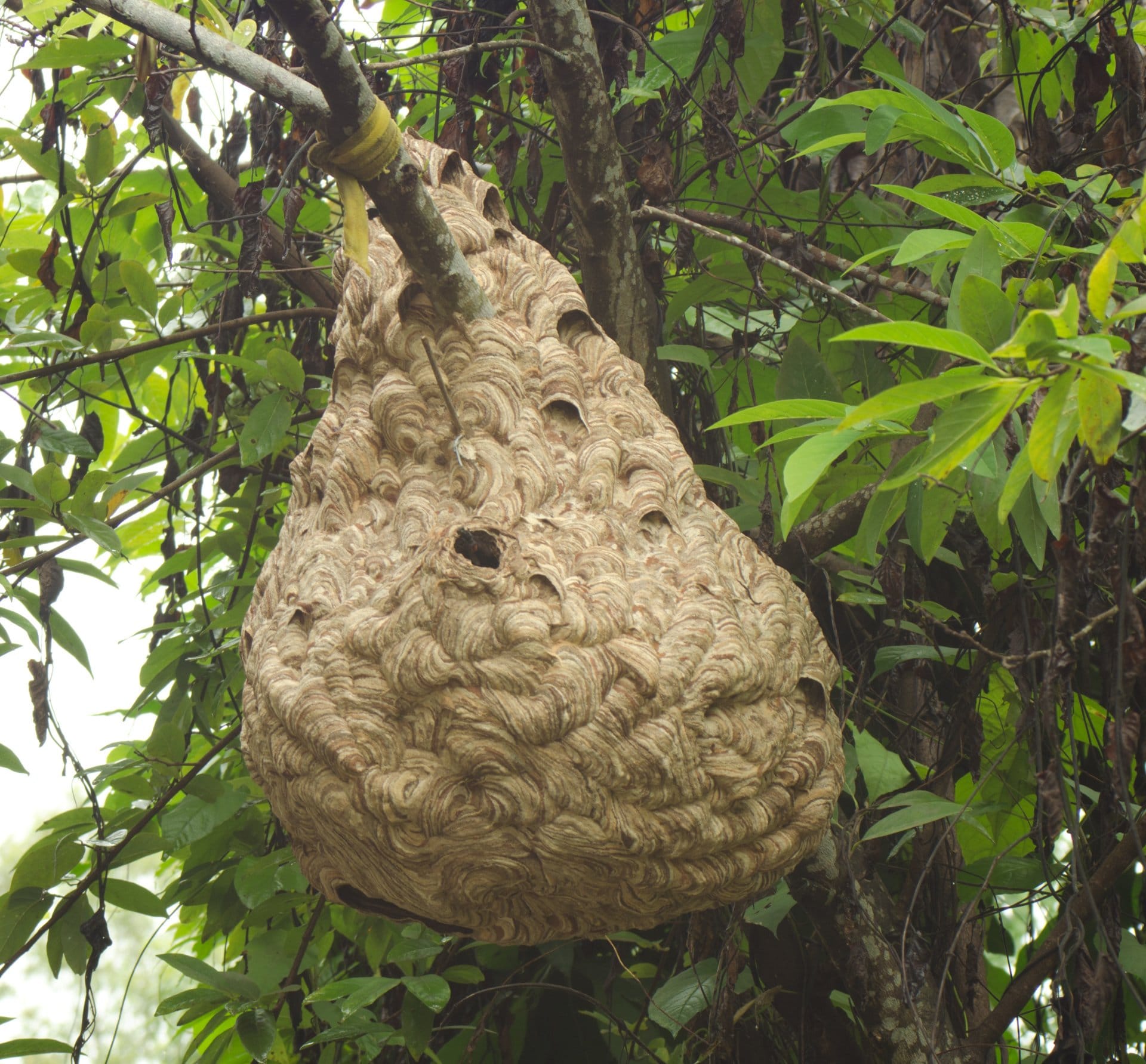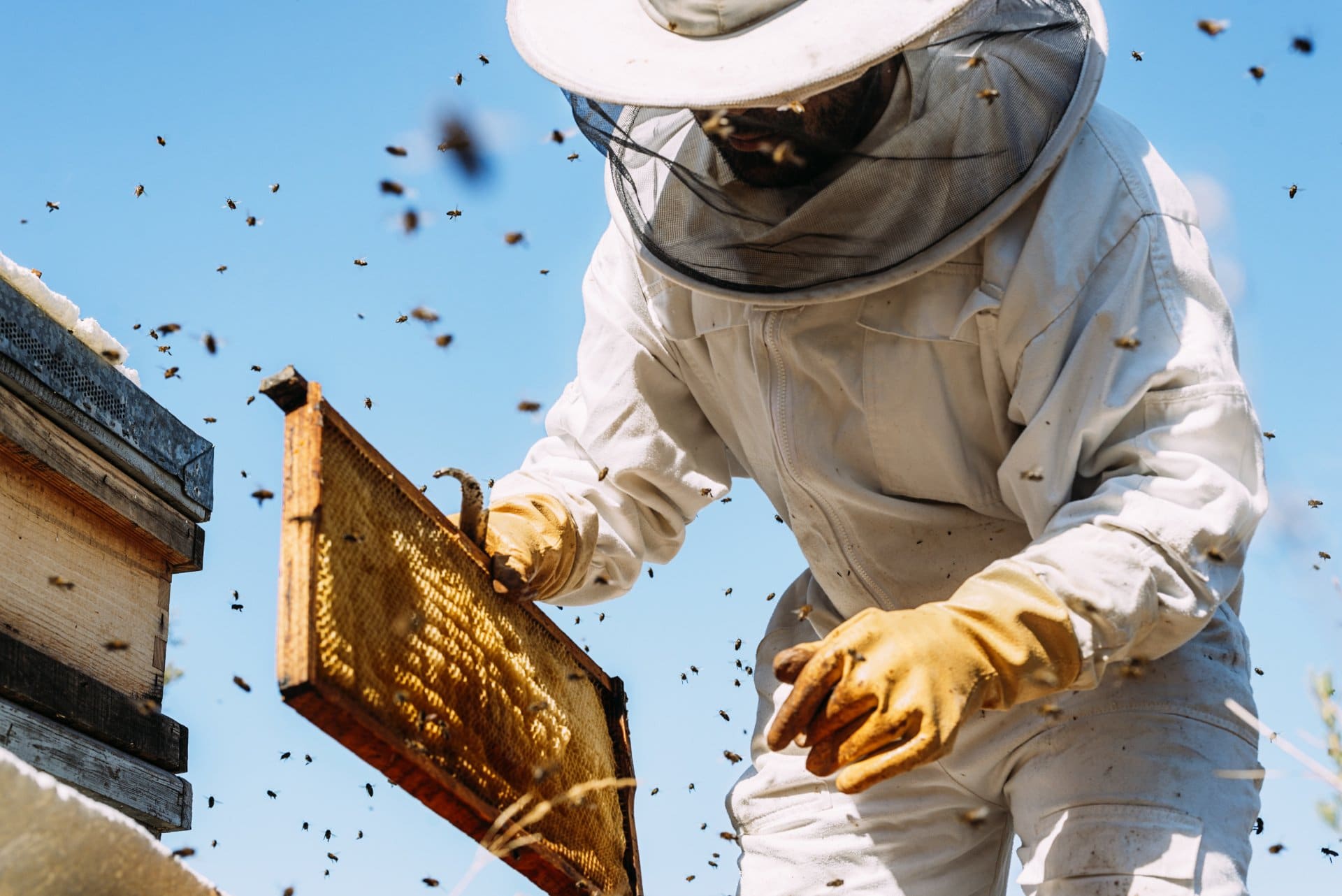
Have you heard the sound of little rodent feet in your ductwork at night? If you have mice in your air vents, don’t wait another night to tackle the problem.
Maybe there have been telltale mouse droppings in the corners of the kitchen. You may have even witnessed the tiny creature running across the room and into a sneaky hiding place.
You are aware there is a mouse in the house. When there is one, there are more, making a home often in your HVAC system.
Homeowners often find mice in air vents because it is a dark space where they can hide and keep warm. A mouse in your ductwork has access to your whole house.
If you have a mouse infestation, it is time to call in the experts. Environmental Pest Management offers residential, commercial, and multi-family pest control management.
Our goal is to solve your problem safely, for the long-term, and at a reasonable price. Contact us today for a free estimate.
Please continue reading for our reasons why you need to get rid of mice in your air vents.
The Dangers of a Mouse Infestation in Your Air Vents
The two reasons mice are a danger are disease and damage.
Disease
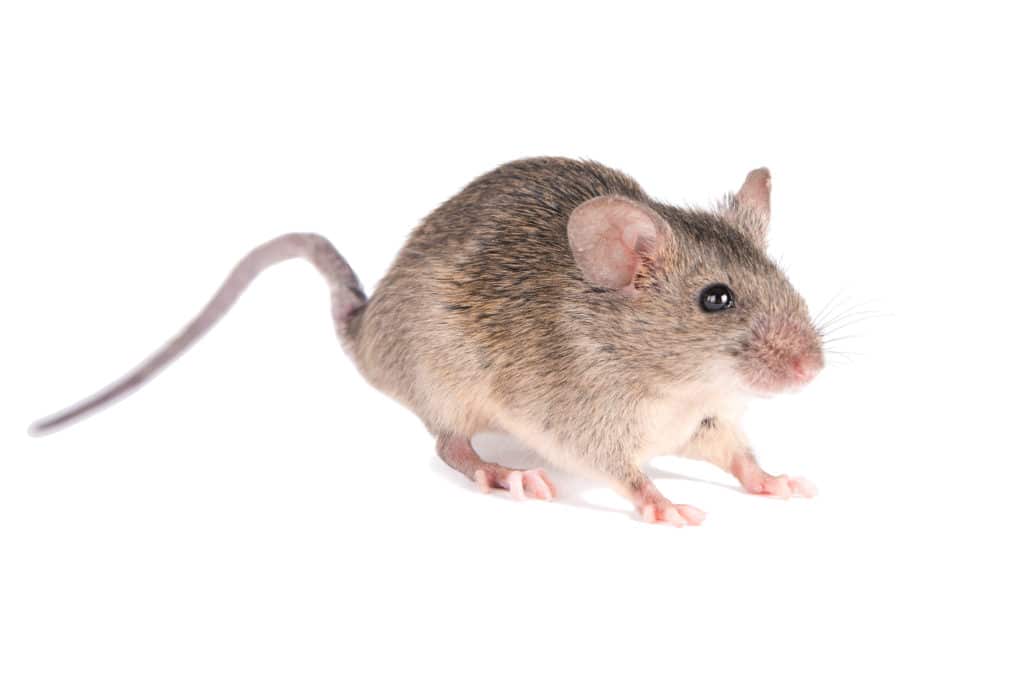
Mice are in the mammal family of rodents. There are over 2,200 different types of rodents found in the family.
Altogether, these rodents make up 40% of all mammals. Besides mice, other animals in the family include squirrels, rats, chipmunks, and prairie dogs.
Unfortunately, rodents carry 35 different diseases for which humans are susceptible. Fleas or ticks can transmit diseases to humans and other mammals, including pets.
Mice droppings (both urine and feces) can be quite toxic to humans and full of harmful bacteria.
If you have a mouse infestation, you must be careful about how you eliminate the infestation. Pest control companies are recommended because the dust in mouse nests in air vents can be hazardous to breathe.
Not only can mice make you sick, but they can cause damage to your home.
Damage
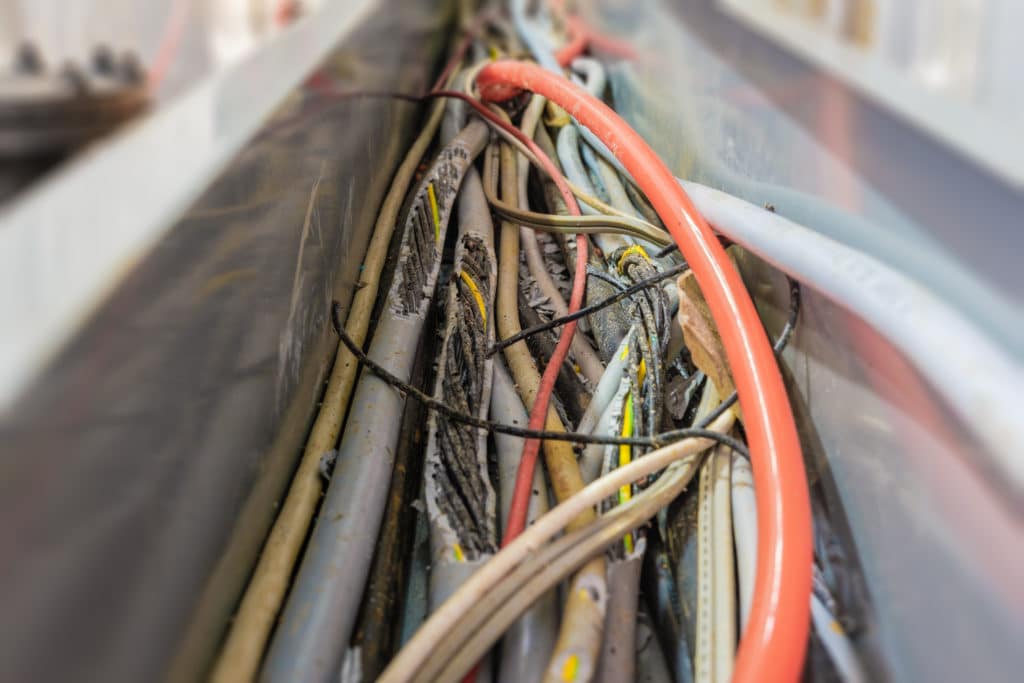
Mice are notorious for causing physical damage to homes and businesses. Mice easily chew through the siding and building materials to get into your home.
Mice can even chew through electrical lines, which can ignite a fire in your home.
Additionally, mice can chew holes in furniture, wood, or cabinets. Mice can be anywhere there is food, and you may identify their presence when you find holes in food containers.
Mice need to “gnaw” to keep their teeth in a serviceable condition. You can imagine the damage several mice can create in a heating system.
If mice have found a home in your ducts, it is essential to call a professional to have them removed.
How to Get Rid of Mice in Your Air Vents
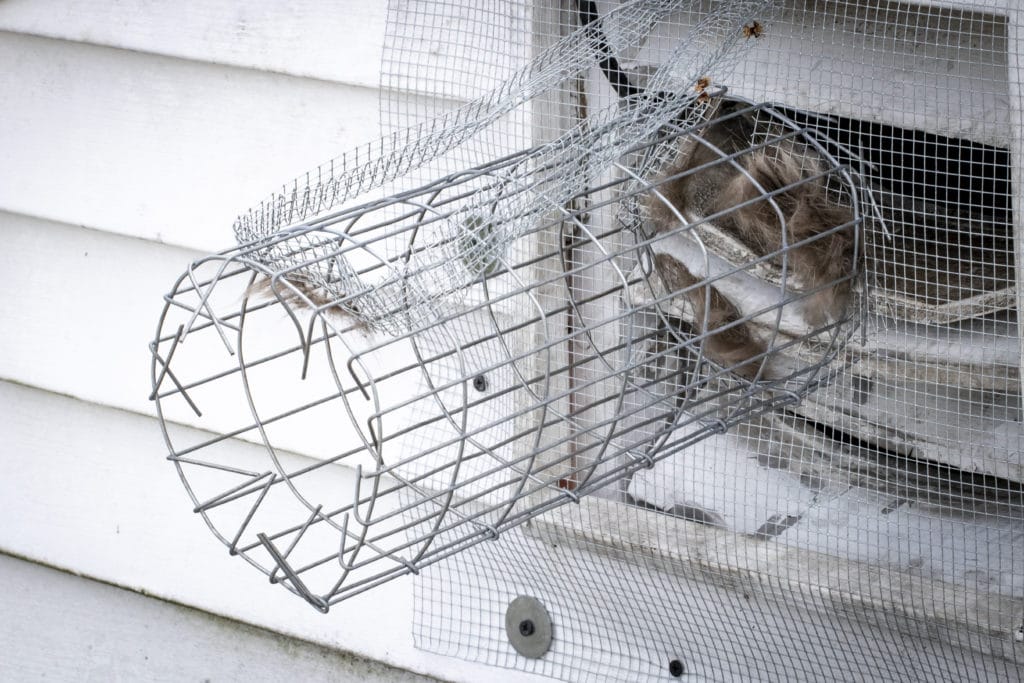
Professional pest management companies identify where mice nest in air vents. The professionals will also find favorite feeding grounds.
By eliminating food sources and exterminating nests, the mice will not be able to maintain life in the home. Pest control experts will eliminate the mice and properly clean the infestation area.
Proper clean up is important to reduce the risk of allergies, illness, and future mice in your air vents.
Once successfully eliminated, you’ll likely want to assess your air ducts’ damage and clean the air ducts.
Finally, you may want to install stainless steel mesh vent covers to keep mice out in the future. Pest control professionals can make recommendations on the best hardware to use to keep mice away, moving forward.
How Air Infiltration Can Affect the Spread of COVID
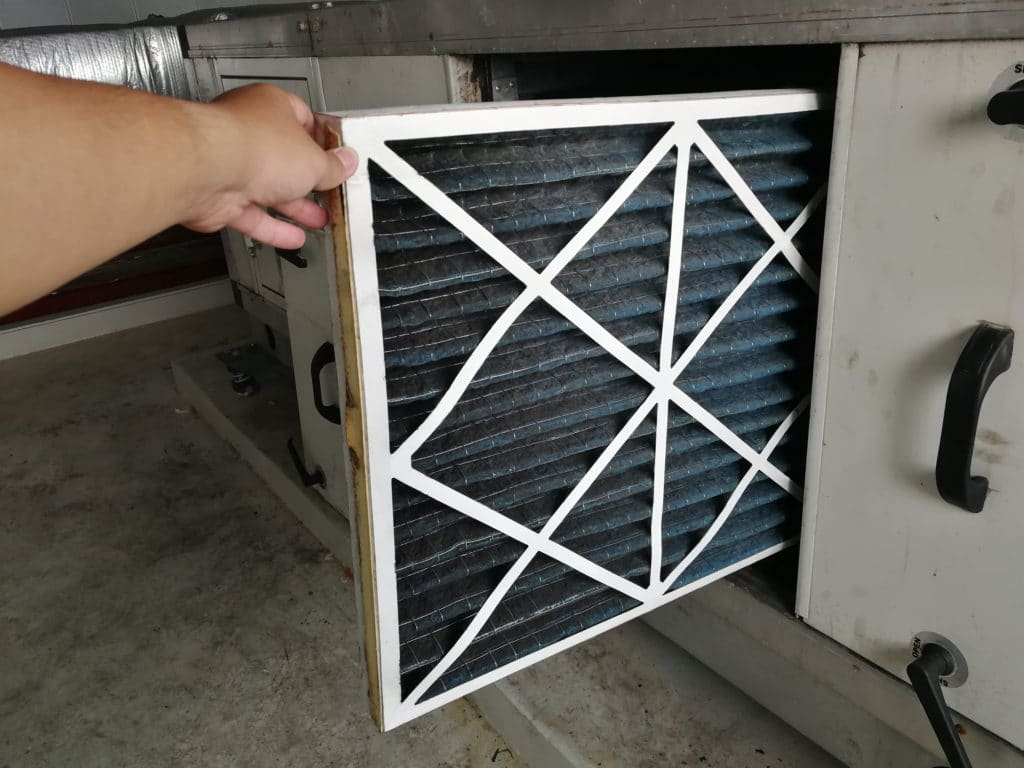
According to the World Health Organization (WHO), a clean and well-maintained HVAC system can reduce the spread of COVID-19. The rate of air change is increased, reducing the recirculation of air, and increasing the introduction of outdoor air.
Have HVAC systems regularly inspected, maintained, and cleaned. Keeping the vents clean and functioning can help reduce the spread of other viruses in the home or office space.
Obviously, with a mouse infestation, the heating and cooling system is unable to work as intended. Rather than providing the environment with clean, circulated air it becomes clogged and can spread allergens and disease from rodents.
Once a pest control company successfully eliminates the mice from your ducts, you will want to have them inspected regularly. Even with the installation of barriers, mice can be drawn back to places they’ve previously been.
Steps You Can Take To Keep Mice Away

There are a few suggestions you can do to keep mice out of your home:
- Clean your home or workspace
- Keep food in thick or metal containers with tight lids
- Clean up spills immediately
- Do not leave dirty dishes in the sink
- Use a thick plastic or metal garbage can
- Keep compost bins far from the home
- Never leave pet food out overnight
Take these steps after a reputable pest control company has removed the mice. You will find greater success with keeping the intruders away for good.
Call in The Best To Eliminate Mice in Your Air Vents

You want to ensure the mice are removed safely and will not return. Environmental Pest Management will eliminate the rodents and help you identify the source, so they don’t return in the future.
At Environmental Pest Management, we address the what, why, how, and when to find a solution for your pest concerns.
We use what is called Integrated Pest Management (IPM). IPM is a practical and environmentally sensitive approach that relies on common-sense practices.
IPM programs use current and comprehensive information on pests’ life cycles, including how they interact with their environment.
Through the use of IPM, we can manage the intruders ethically and economically.
Contact us today to book your free pest inspection. We will work to eliminate the mice so you can breathe in healthy air!




